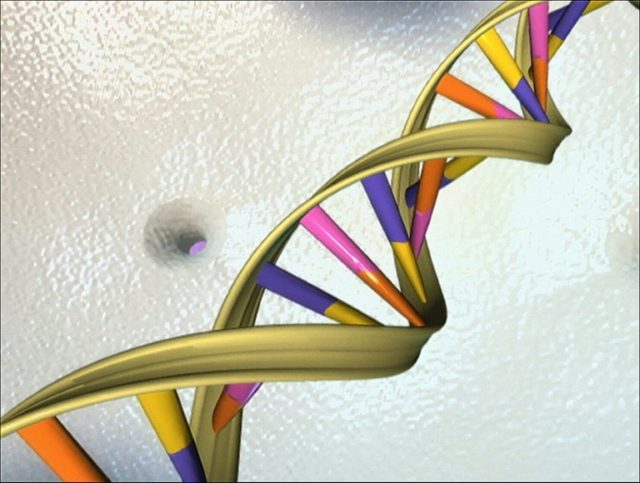Researchers are deconstructing the genome of yeast in search of a way to build custom DNA for entirely new biological organisms.
In a New York University lab in the Alexandria Center for Life Sciences in New York, Jef Boeke and his team of researchers are knocking down the carefully constructed tower of blocks that make up all living things and using the pieces to build one of their very own.
The key is something both as simple and as complex as yeast. While yeast has a mere 12 million links in its genome — a fraction of the roughly 3.2 billion that make up an average human being — it is an immense task. Before building anything, Boeke and his team must first completely pull it apart. Even that is a project that requires his team of scientists to collaborate with countless others from Australia to China to Singapore and the United Kingdom.
As they take the yeast’s DNA apart, they feed the genetic data into a computer. Then they ask the computer to make specific edits. Should those provide a useable result, they send the newly created strand elsewhere to be joined with others in an ever-lengthening chain of DNA. Thus far, Boeke and his team are about one-third of the way through.
The potential for an ability to construct a completely custom-made genome is almost incomprehensible. From the ability to manufacture self-replicating biofuels to potted plants with the innate sensitivity to detect explosives by sensing chemical changes in the ambient air. If that sounds like science fiction, that’s because, for now, it is. But much like so many advancements on the cutting edge, it is also tantalizingly close.
Follow Nate Church @Get2Church on Twitter for the latest news in gaming and technology, and snarky opinions on both.

COMMENTS
Please let us know if you're having issues with commenting.